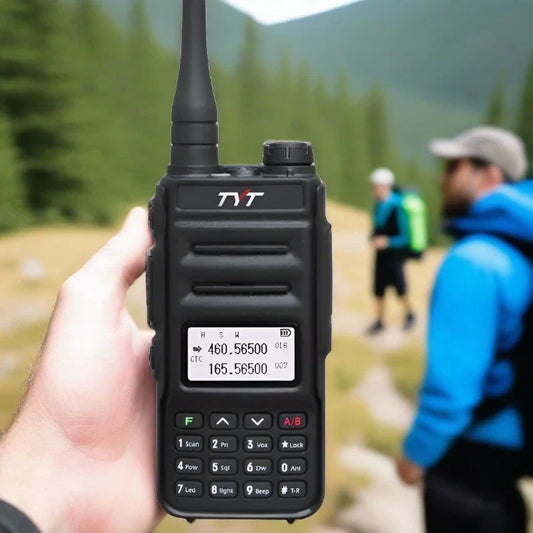Lithium-ion batteries are rechargeable batteries commonly found in electronic devices like smartphones, laptops, and electric vehicles. They work by storing and releasing electrical energy through a chemical reaction that takes place inside the battery.
The battery consists of two electrodes: a positive electrode (cathode) and a negative electrode (anode). These electrodes are separated by a thin piece of material called a separator, which prevents the electrodes from touching and short-circuiting the battery. The electrodes and separator are immersed in an electrolyte solution, which is typically a lithium salt dissolved in an organic solvent.
When the battery is charged, a flow of electrons is sent from the power source (e.g. a wall outlet or USB port) through the battery and into the positive electrode. The positive electrode then absorbs the electrons, which causes lithium ions to move from the cathode to the anode through the electrolyte. The anode then stores the lithium ions until the battery is discharged.
When the battery is used, the flow of electrons is reversed, and the lithium ions move back to the cathode. This movement releases the stored energy in the form of an electrical current, which can power a device.
Lithium-ion batteries are highly efficient and can store a lot of energy in a small space, making them ideal for use in portable electronic devices. However, they can be sensitive to temperature and overcharging, which can damage the battery and reduce its lifespan. To prolong the life of a lithium-ion battery, it's recommended to avoid exposing it to extreme temperatures, avoid overcharging or deep discharging the battery, and use a high-quality charger designed for lithium-ion batteries.









